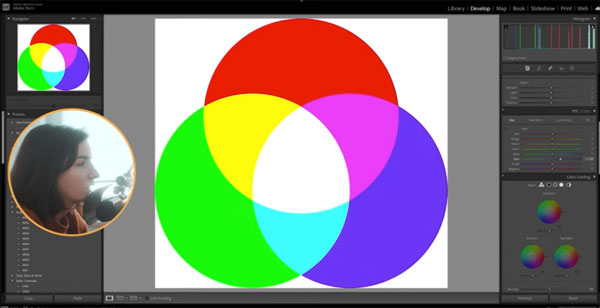10 ESSENTIAL Tips for Attention-Grabbing Nature & Landscape Photos (VIDEO)
We all strive for photos that stand out from the crowd and hopefully convey a style all our own. In the quick tutorial below you’ll learn 10 pro tips and tricks for shooting images that don’t look like those captured by “the Average Joe with a mobile phone.”
Mads Peter Iversen is an acclaimed Danish landscape and travel pro and a favorite instructor among Shutterbug readers. In today’s episode he reveals 10 tips in just 10 minutes that contribute to his success. We suggest jotting down a few notices, because his advice flies by in a hurry.
Iversen is known for a minimalistic style, and his first recommendation is to experiment with unique. “Instead of always shooting from eye level,” he explains, “try getting low to the ground or climbing to a high vantage point.” You’ll be surprise at how a shift in camera position can significantly boost the impact of a scene.

While there’s no such thing as the best type of light, Iversen explains how to position yourself relative to the sun for optimum results, depending upon the task at hand. Side Light, back light, and even illumination from the front can all be used to create unique images for different types of subjects.
Iversen also discusses the importance of clean, uncluttered compositions, and he demonstrates how to eliminate distracting elements while carefully placing others within the frame. He also illustrates how he often uses natural objects like tree branches to frame a key element within a scene, thereby guiding the viewers eyes through an image.
You’ll also see how Iversen carefully balances color, light, and shadow within a scene, how to create dramatic photos when shooting in “bad” weather, a technique for creating a sense of motion with water and clouds, and much more.

You can see more of Iversen’s outstanding work by visiting his popular YouTube channel, where you’ll also find an abundance of helpful lessons.
And for a tutorial on a related topic, check out the video we posted from another experienced pro revealing what he says are the key elements of breathtaking nature and wildlife photos.







